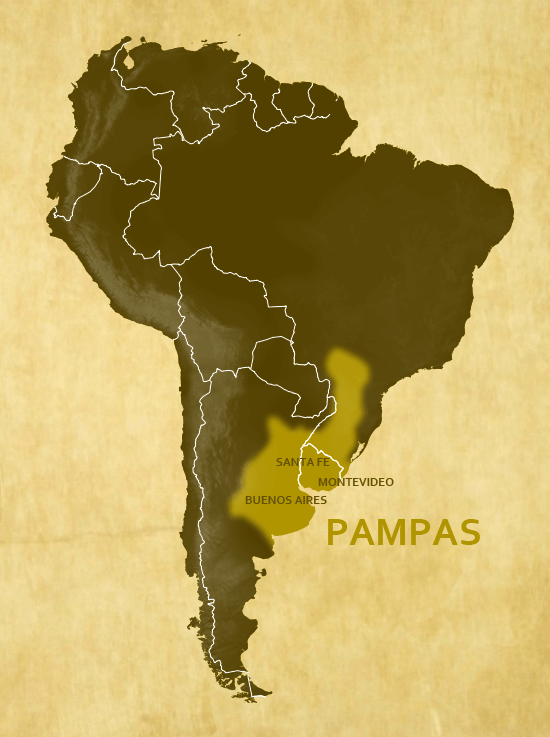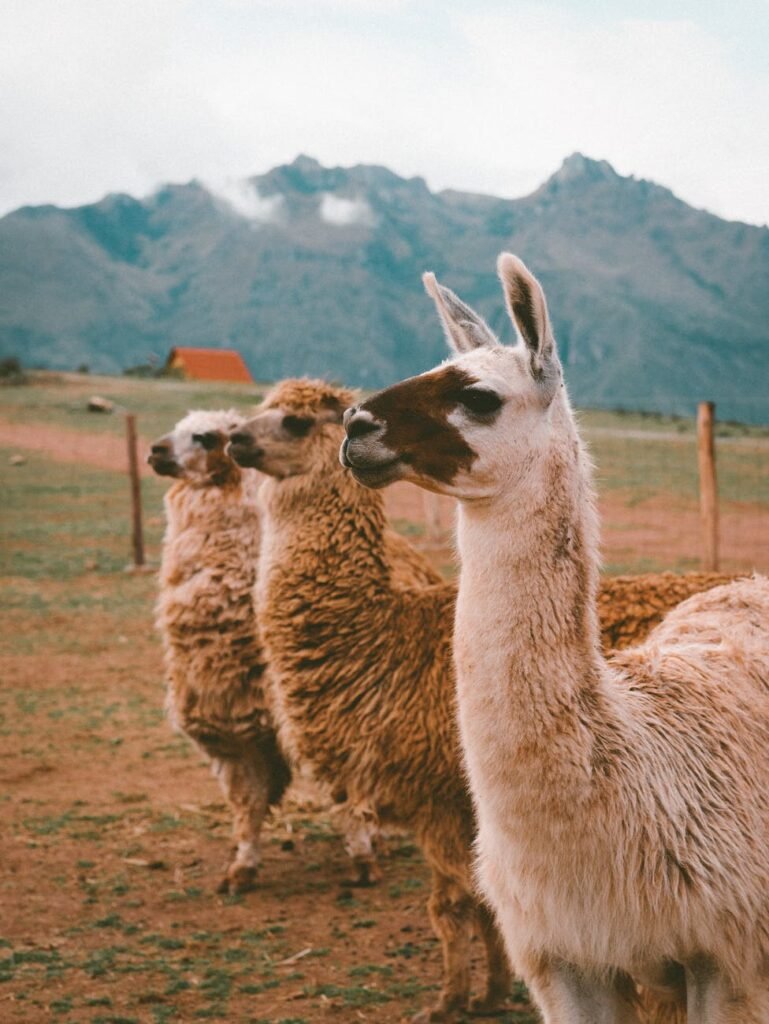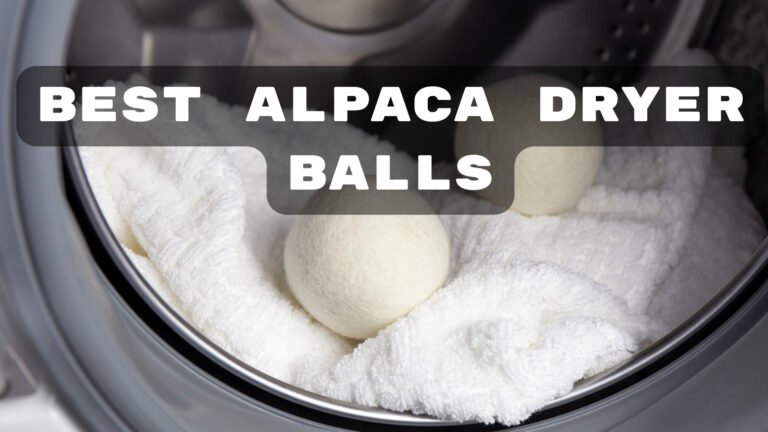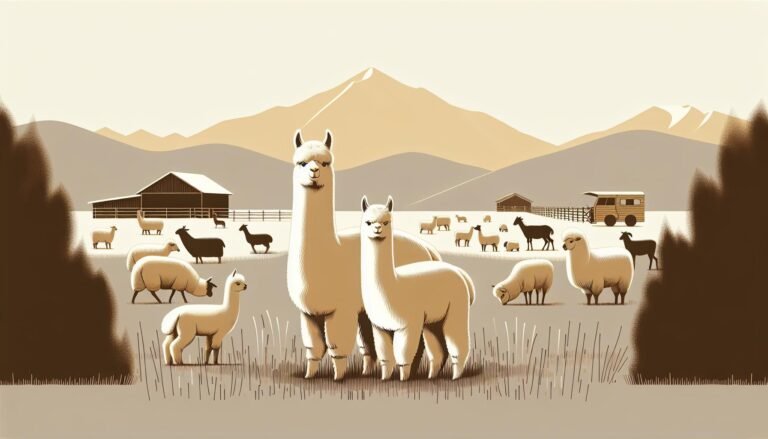Exploring Alpacas: Can They Thrive in the Pampas?
Ever wondered where alpacas call home? You’re not alone. Many people are curious if these adorable creatures reside in the pampas, a vast, grassy plain that covers parts of South America. I’ve spent years studying alpacas and their habitats, and I’m here to share my findings with you.
The pampas, with its rich vegetation and temperate climate, seems like an ideal place for alpacas. But is it really? Let’s dive into the world of alpacas and their natural habitats, and answer the question: do alpacas live in pampas?
Key Takeaways
- Alpacas aren’t native to the Pampas but are prominently found in the harsh environments of the Andes Mountains due to their adaptations over thousands of years.
- The Andes Mountains offer high alpine conditions where alpacas can thrive, despite freezing temperatures, poor nutrition in soil, and scarce water supply.
- There’s a stark difference between the environments of the Pampas and the Andes, the two being different in terms of their geography, climate, and biodiversity.
- The Pampas region is fertile and temperate, making it ideal for agriculture and various wildlife species. However, the alpacas’ minimal presence there suggests they prefer the harsh Andean conditions.
- Alpacas are grazing specialists and are well adapted to feed on high roughage, low nutrient grasses found in the arid, cold Andean Highlands.
- Despite the challenges, alpacas possess remarkable adaptability and demonstrate resilience in varied climates beyond their native range. They have the potential to thrive in new environments such as the Pampas if they could adapt their diet and withstand differences in climate.

The Habitat of Alpacas
As far as the natural habitats of alpacas go, they are not native to the Pampas of South America. Instead, most alpacas are found in the harsh environments of the Andes Mountains. The reason for this might appear counterintuitive at first sight, but it’s all about adaptation over thousands of years.
Alpacas are highly adapted to cold, mountainous regions. The high alpine conditions of the Andes serve as the perfect balance of what these creatures can endure and what they thrive in. It’s hard to believe, but these adorable, fluffy creatures are resilient to freezing temperatures, poor nutrition in soil and scarce water supply.

Before we delve deeper into the Andean habitat, let’s clarify a common misconception. While it’s true the Pampas and the Andes are both in South America, they are enormously different in terms of their geography, climate, and biodiversity.
On one hand, the Pampas is a fertile and temperate grassland – it’s flat, lush, and expansive. It seems ideal for just about any grass-grazing animal. On the other hand, the Andes are rugged, cold, and possess a high altitude which could be uncomfortable for many species. But it’s precisely this environment that alpacas have called home for several millennia.
Anderson (2014) conducted a study of alpaca populations across South America. The data from the research is outlined below:
| Location | Population |
|---|---|
| Andes | 3,000,000 |
| Pampas | 500 |
Surprising as it may seem, alpacas have a minimal presence in the Pampas. The numbers make it evident that they much prefer the climate and conditions of the Andes.
This gives you an idea of where alpacas live, but it’s equally important to understand why this is so. A key part of this – the physiological adaptations of alpacas – will be our focus in the next section.
Exploring the Pampas
As we venture deep into the Pampas, allow me to guide you through its remarkable features. Unlike the cold, harsh terrains of the Andes, the Pampas is known for its temperate climate and flat, fertile plains. It’s a region that stretches across southern Brazil, Uruguay, and almost two-thirds of Argentina.
Covering a massive area of more than 295,000 square miles, the Pampas is a striking contrast to the towering Andean peaks. Its topography is predominantly flat, making it an ideal location for agriculture. It’s rich with fertile soil, which stands in stark opposition to the barren, rocky soils of the Andes.
As for precipitation, the Pampas receives a fairly even distribution of rain throughout the year. This steady water supply, in combination with fertile soil, facilitates an abundance of grass growth. It’s in stark contrast to the Andean region’s scarcity of water.
In terms of biodiversity, the Pampas is abundant in unique wildlife. However, it’s vital to understand that these species have adapted to a lifestyle very different from the challenging conditions in the Andes.
| Regions | Climate | Topography | Rainfall | Soil Quality | Wildlife |
|---|---|---|---|---|---|
| Pampas | Temperate | Flat | Evenly distributed | Fertile | Abundant |
| Andes | Harsh/Cold | Mountainous | Scarce | Barren | Limited |
Remember, our key discussion point here is about alpacas and their preferred habitats. Now that we’ve glimpsed into the intricate complexity of the Pampas, let’s shift our attention back to alpacas. Can these Andean natives, adapted to a starkly different environment, thrive in the fertile, temperate conditions of the Pampas? Let’s find out in the upcoming sections.
Climate of the Pampas
In this section, we’ll delve into a deeper understanding of the climate patterns in the Pampas region. This crucial element is key to understanding whether alpacas, natively used to the conditions in the challenging Andes, can adapt and thrive here.
The Pampas region is characterized by a temperate climate. This means the temperature remains relatively stable throughout the year. It’s neither too hot nor too cold, making it an ideal terrain for different species to adapt, survive, and proliferate.
Throughout the year, the average temperature in the Pampas falls between 10°C to 20°C, creating a perfect balance for both winter and summer. Here’s the actual breakdown of the region’s temperatures:
| Season | Average Temperature (°C) |
|---|---|
| Winter | 10 – 15 |
| Summer | 15 – 20 |
Moreover, rain is fairly distributed throughout the year with no dry season. This allows for a steady water supply which contributes significantly to the rich vegetation and abundant wildlife.
There’s an interesting aspect to consider on the winds. The Pampas are often subject to pamperos — violent windstorms that can significantly affect local ecological balance. These strong winds may pose a challenge to the stability of grounded living beings, particularly those accustomed to more stable atmospheric conditions.
Given the temperate and fertile conditions of the Pampas, many species have flourished in this region. Yet we cannot ascertain outright if the same conditions can support alpacas, which have evolved in the rugged Andean highlands. In the coming section, we’ll delve deeper into these considerations and explore the potential challenges and adaptations the alpacas must contend with if they were to thrive in the Pampas.
There’s some fascinating material coming up, so stay with me as we continue to delve deeper into this topic.
Vegetation in the Pampas
Diving deeper into the Pampas’ ecology, it’s impossible to overlook the distinctive vegetation. Dotted throughout the region, tall grasses sway, painting the panorama with a sea of verdant hues. These grasses aren’t just pleasing to the eye; they form an integral part of the ecosystem and offer a feast for herbivorous animals.
The Pampas teems with grass species like pampas grass, needle grass, and cord grass. Perennial herbs and shrubs also find a footing in this fertile region. The native flora is robust, capable of withstanding the fierce pamperos while offering food and habitat to a variety of creatures.
The mixed tallgrass prairies, the most common type of vegetation, support smaller wildlife species while serving as ideal grazing lands. Now, consider the alpacas. These animals are grazing specialists, adapted to feed on high roughage, low nutrient grasses in the arid and harsh Andean Highlands. This could pose quite a challenge for them in the lush Pampas.
Still, their adaptive nature could prevail. Alpacas might find the rich, fertile plains a little too generous compared to their native highlands, but they could adapt their diet or feeding behavior. Adaptation, after all, is a cornerstone of species’ survival.
So, should alpacas venture down to the palatable Pampas one day, they will find a table spread with unmatched biodiversity. It may be a different menu than what they’re used to, but none can deny that Mother Nature knows how to cater to her inhabitants.
Just as it’s important to consider the vegetation of the Pampas when looking at potential alpaca habitats, next, we’ll look at the local fauna to paint a complete picture. From wild horses to capybaras, the Pampas hosts a dynamic array of wildlife, each playing their part in the grand orchestra of the ecosystem. But that’s a tale for another section. By understanding these factors, we delve deeper into the intricacies of the unique Pampas environment and its compatibility with the survival and prosperity of alpacas.
Alpacas’ Preferred Habitat
While we’ve explored the potential of the lush Pampas as a dwelling place for alpacas, it’s essential to understand their natural preference for habitat. Alpacas are inherent denizens of the Andean Highlands – a stark contrast to the fertile, humid plains of the Pampas.
These highland creatures have evolved to thrive in a remarkably different environment. Altitudes of over 3,500 meters, minimal vegetation, and cold temperatures define Alpacas’ natural habitats. Here, the scarce flora consists primarily of tough grasses, shrubs, and lichen – a world apart from the mixed tallgrass prairies of the Pampas.
Such a diet, on one hand, molds the alpacas into resilient grazers, capable of sustenance on vegetation that other herbivores might ignore. On the contrary, it could point towards potential dietary issues if they were to shift to an entirely different vegetation spectrum in the Pampas.
Just consider the weather! In the Andean Highlands, alpacas endure cold, harsh climates with below freezing temperatures at night and intense sun during the day. Their thick fur shields them from the biting cold, but would it be too much in the milder Pampas environment?
While we acknowledge the challenges, I would also like to highlight the alpacas’ remarkable adaptability. These animals have demonstrated their ability to adapt in varied climates beyond their native range, showing signs of resilience and versatility, both in terms of temperature tolerance and food habits.
This train of thought then brings us to local fauna. Alpacas live among a variety of wildlife in the Andean Highlands such as cougars and Andean foxes. They often share habitats with the closely related llamas. How would their existing survival strategies play out in the fauna-rich Pampas region?







Our picks
Alpaca & Wool Felted Sole Inserts: Comfy Upgrade?
Best Alpaca Socks for Hiking: Ultimate Comfort and Durability on Trails
Best Alpaca Halter for Comfort and Control